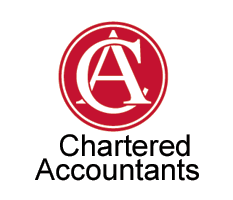Meeting the 10% income test
December 9, 2015 9:23 am Leave your thoughtsWhile the 10 per cent income test rule may come across as sounding fairly complicated, for those who are employed or self-employed, it is simply a process of working out whether or not you’re eligible to claim a tax deduction for super contributions.
Individuals who are substantially unemployed (receive part of their income as an employee) and can satisfy the 10 per cent income test rule are eligible to claim a tax deduction for their super contributions.
Those who are substantially self-employed or substantially not employed (but are an employee) can also claim a tax deduction for super contributions when their employment income is less than 10 per cent of their total income.
To satisfy the 10 per cent rule, an individual’s employment income must be less than 10% of their total income. Total income is an individual’s assessable income (gross income before tax deductions) plus any salary sacrifice contributions and reportable fringe benefits.
Employment income includes reportable employer super contributions, such as salary sacrifice contributions, but doesn’t include Superannuation Guarantee.
Assessable income is an individual’s gross income before any deductions are allowed. It includes:
-
salary and wages
-
dividends
-
interest distributions from partnerships or trusts
-
business income
-
rent
-
foreign source income
-
net capital gains
Reportable employer super contributions (such as salary sacrifice contributions) are also added back to assessable income when determining whether an individual satisfies the 10 per cent test.
Individuals cannot claim a deduction if they obtain 10 per cent or more of the following as an employee:
-
Assessable income
-
Reportable fringe benefits
-
total superannuation contributions
Categorised in: Firm journal
This post was written by admin


